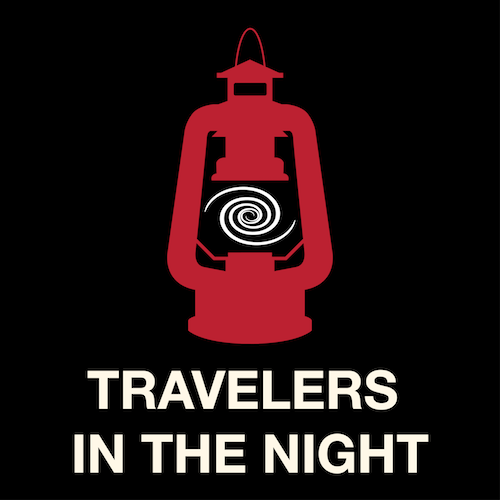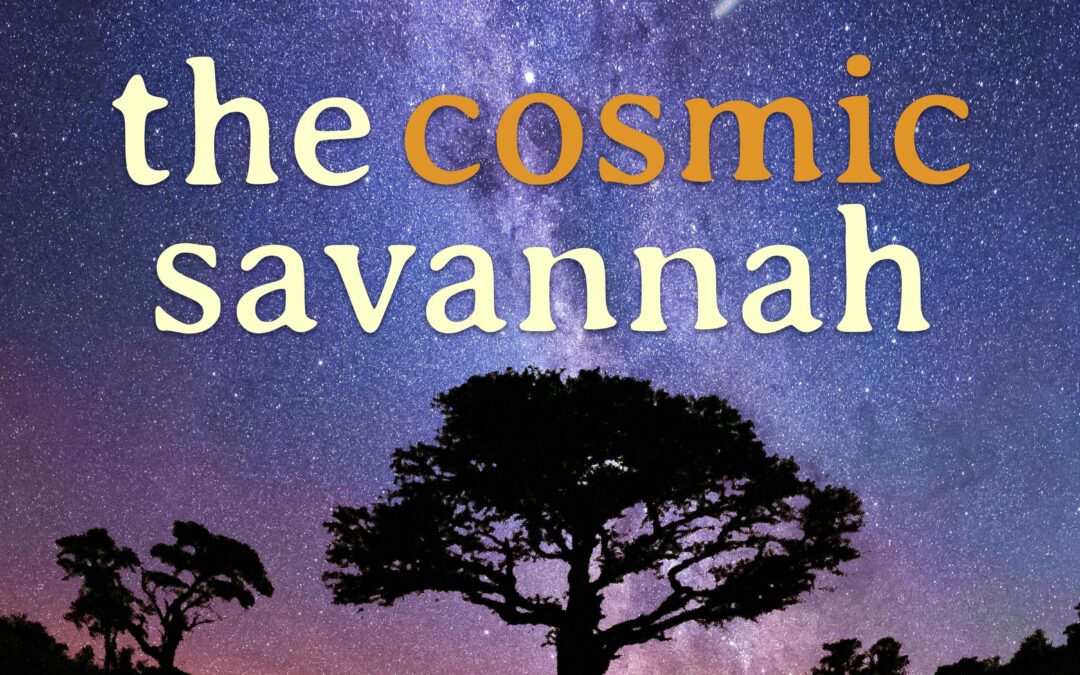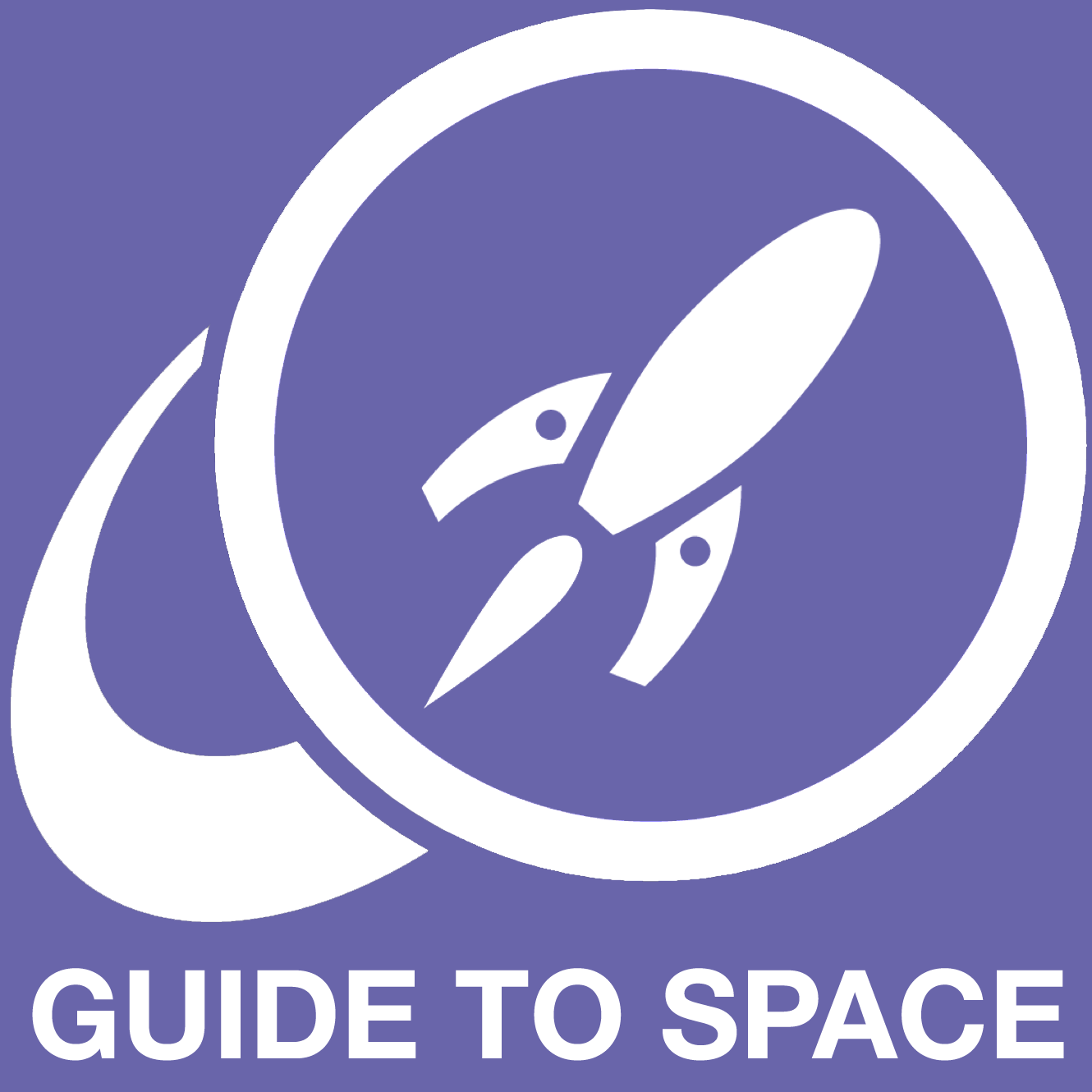Researchers studying GPS data collected from the 1999 İzmit earthquake in Turkey found that the quake changed the movement of the plate, and this effect may be possible for other tectonic plates.


Researchers studying GPS data collected from the 1999 İzmit earthquake in Turkey found that the quake changed the movement of the plate, and this effect may be possible for other tectonic plates.

How’s the weather? Maybe a better question is… why’s the weather? What is it about planets and their atmospheres that create weather systems. What have planetary scientists learned about our Earth’s weather, and how does this relate to other planets in the Solar System. What is the most extreme weather we know of?

Today’s Travelers in the Night discuss about asteroid exiled to the outer region of the Solar System and asteroid discovery whose orbit lies completely within that of the Earth.

Today @CosmicSavannah back to their first episode to prepare for more update in their next discussion with Dr. Nicolas Erasmus. So for today, we have the hunt for near-earth asteroids (from 00:23m) using the ATLAS network.

Today podcast will tell you what is the biggest star in the Universe, as well as the most massive star, and explores the limits that stars can reach. More at #365DaysOfAstro with @fcain

After detecting high levels of organic matter using remote sensors at the asteroid Ryugu, numerical models show that it’s possible that rubble pile asteroids are actually extinct comets.

The biggest question of them all…why the Universe exists? Find the answers along with other questions on today’s @AwesomeAstroPod at #365DaysOfAstro

Could we nudge the orbit of the Earth to avoid the death of the Sun? Could it get kicked out of the solar system altogether? What are rogue exoplanets?

The permanently shadowed craters on the Moon are the focus of so much research. That’s because they seem to contain vast reserves of water ice. Water we could use for oxygen, propellant and so much more, but also, to help us understand where the Earth’s water came from.

Today Traveler in the Night will explore TESS that will monitor more than 200,000 nearby to find new planet and may be habitable worlds